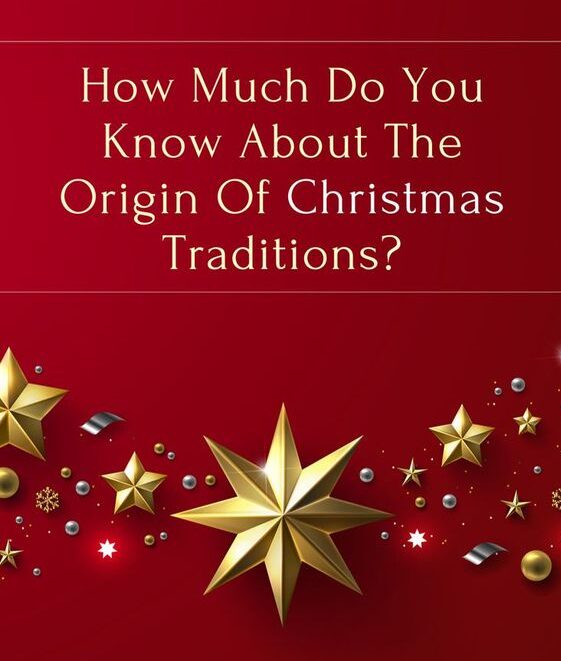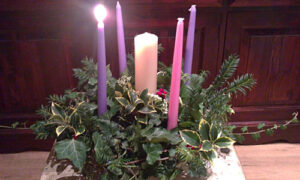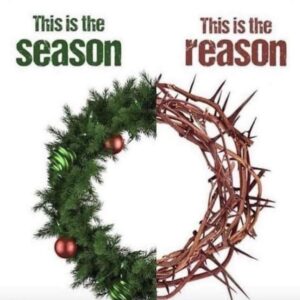
Our Christmas Traditions, Where Did They Come From?
Traditions are customs, beliefs, stories and actions that are passed down orally from generation to generation and accepted as fact. Traditions strengthen family bonds and create memories. They can teach values and offer comfort and security. Understanding their origin helps us realize that the season is filled with a rich cultural blend from around the world that stretches back centuries. I will share just a few of our most popular.
THE CRECHE
Do you have a creche (means manger) or Nativity scene in your home? Today they range from simple plastic to elaborate figurines, small and lifesize. It is a beautiful visual to teach about the humble beginnings of Our Savior. The Nativity of Jesus has been a major subject of Christian art since the 4th century. Tradition attributes St.Francis with introducing the first living nativity scene in 1223 in the small village of Grecco, Italy. He took a manger and filled it with hay, tied a donkey and an ox near it and with a crowd of people from all over the neighboring countryside attended the celebration of Mass in front of the crib.
THE TREE
The real origins of Christmas trees appear to be rooted in present-day Germany during the Middle Ages. But it is a widely held belief that Martin Luther, the 16th-century Protestant reformer, first added lighted candles to a tree. According to a common version of the story, walking home one winter evening, Luther was awed by the stars twinkling amidst evergreens. But the image of a decorated Christmas tree with presents underneath has a very specific origin: an engraving of Queen Victoria and Prince Albert and their children gathering around a Christmas tree, eyeing the presents underneath, published in the Illustrated London News in 1848. The custom quickly became adopted in other countries.

THE WREATH
“While Christians in the Middle Ages were said to have used wreaths with candles during the Christmas season, historians tell us the first Advent wreath was conceived in the early 1830s by a Protestant pastor named Johann Hinrich Wichern. During the month of December, the children in his mission school, Rauhes Haus, would inquire daily about whether Christmas had arrived. In response to their impatience and constant questioning, he fashioned a “wreath” from the wheel of a cart. It featured 20 red candles and 4 white ones. To help the children mark time in the buildup to Christmas, a new red candle was lit each weekday, increasing the number lit as each day passed. White candles were reserved for Sundays.”
THE CANDY CANE
Although the candy cane’s origins are almost completely American, it has its roots in Europe. Legends say that in the 1600s, the choirmaster of the Cologne Cathedral in Germany handed out sugar sticks to his young singers to keep them quiet during the long (very long) Living Creche Ceremony. It’s shape resembles a shepherds hook reminding us that the Lord is our shepherd. By the turn of the last century a candymaker in the midwest helped popularize the sweet treat at Christmas time.

GIVING GIFTS
Gift giving during holidays is of Roman origin but became a Christmas tradition by the 4th century. The most popular belief is it started as a commemoration of the three gifts the Magi brought to the baby Jesus after He was born. But the most precious gift of all time was given by God the Father to His broken world to offer redemption and a right realtionship with Him. This gift was prophesied long before any traditions began and was a promise of hope, love and peace.
Isaiah 7:14 (ESV) Therefore the Lord himself will give you a sign. Behold, the virgin shall conceive and bear a son, and shall call his name Immanuel. (which means God with us)
Isaiah 9:6 For to us a child is born, to us a son is given; and the government shall be upon his shoulder, and his name shall be called Wonderful Counselor, Mighty God, Everlasting Father, Prince of Peace.
John 3:16 For God so loved the world, that he gave his only Son, that whoever believes in him should not perish but have eternal life.
You May Also Like

Seasons of Refreshing
July 9, 2021
The Garden of My Heart
July 11, 2020



